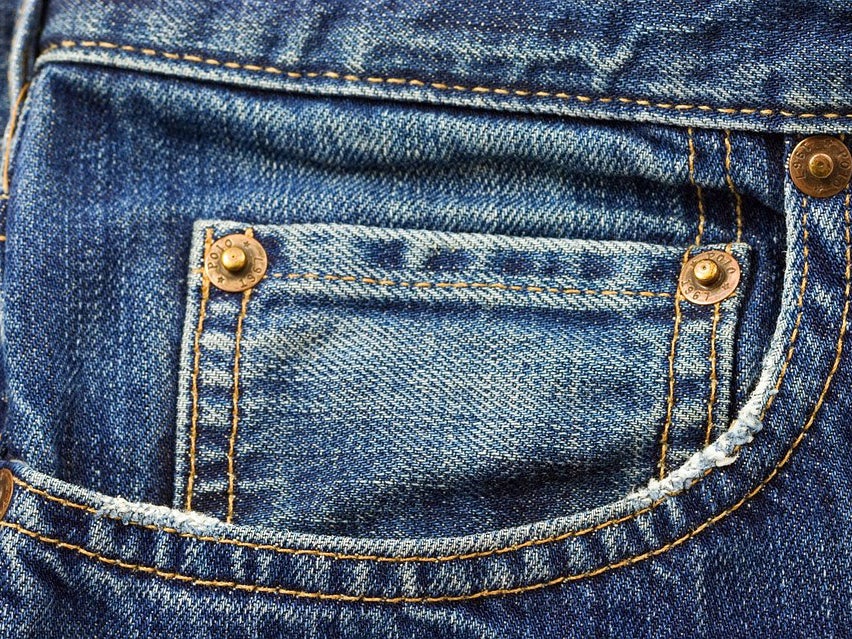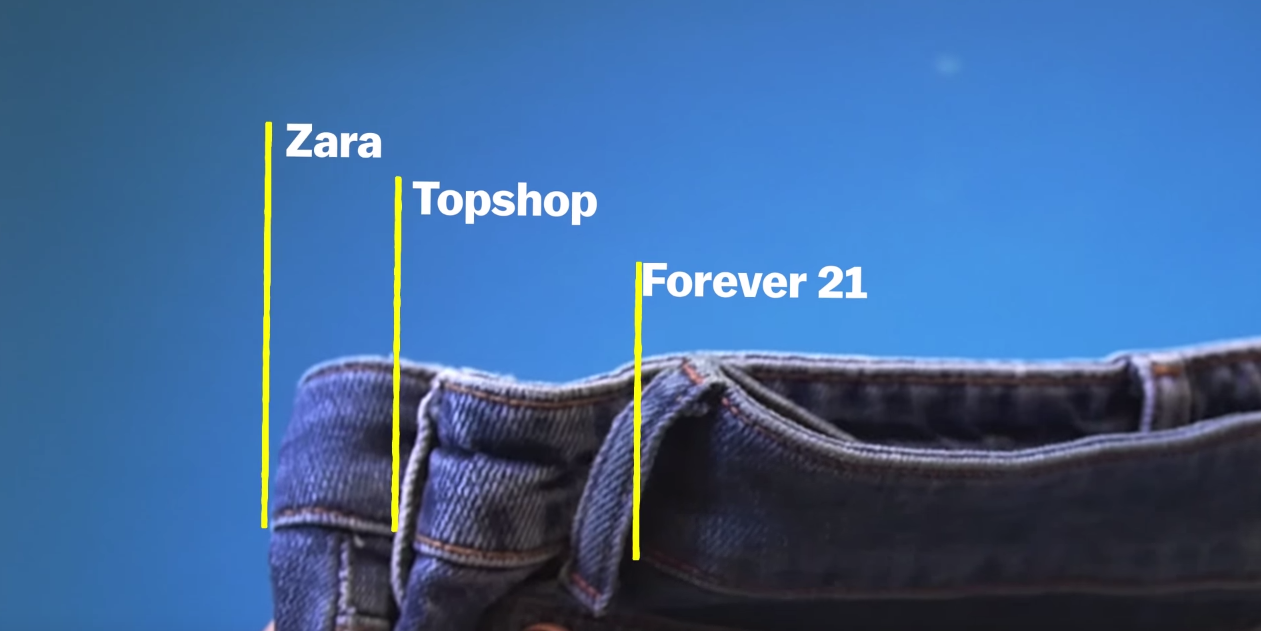Proof that women's clothing sizes are bizarre and inconsistent
A reporter tried on three different pairs of pants in the same size and three different stores

Your support helps us to tell the story
From reproductive rights to climate change to Big Tech, The Independent is on the ground when the story is developing. Whether it's investigating the financials of Elon Musk's pro-Trump PAC or producing our latest documentary, 'The A Word', which shines a light on the American women fighting for reproductive rights, we know how important it is to parse out the facts from the messaging.
At such a critical moment in US history, we need reporters on the ground. Your donation allows us to keep sending journalists to speak to both sides of the story.
The Independent is trusted by Americans across the entire political spectrum. And unlike many other quality news outlets, we choose not to lock Americans out of our reporting and analysis with paywalls. We believe quality journalism should be available to everyone, paid for by those who can afford it.
Your support makes all the difference.The world of sizes for women's clothes is bizarre. A woman could wear a size 2 in one brand's apparel, but a 6 in another.
In June, a woman posted a letter to H&M, which went viral, for not being able to fit into its size 16 jeans ... while wearing a size medium shirt.
In a recent video for Vox, a reporter tried on three different pairs of pants in the same size and three different stores — Zara, Topshop, and Forever 21 — to prove that this theory was true. Then, Vox set to find out why.
The video reveals the history of women's apparel sizing, from the first data set that determined sizing — comprised from data from poor, likely underfed Caucasian women and nixed in 1983 — to today's vanity sizing.
A Vox reporter proved that these three jeans — all in the same size — were actually different sizes. Youtube/Vox
Sizing today is used as a marketing tool, the video notes. This can vary from store to store — which makes sense, given how different stores target different demographics.

“I think we're more aiming for our own target markets,” Lynn Boorady, associate professor and chair of the fashion and textile technology department at SUNY Buffalo State, told Vox. “So, when Abercrombie & Fitch does their sizing, they're sizing to their targeting market, not to me. We kept tweaking that information until we sold more garments and could lower the return rate.”
But for people who are fretting about not being able to slip into a smaller size, Boorady sums up: “They are just random numbers, they don't mean anything.”
Read more:
• This chart is easy to interpret: It says we're screwed
• How Uber became the world's most valuable startup
• These 4 things could trigger the next crisis in Europe
Read the original article on Business Insider UK. © 2016. Follow Business Insider UK on Twitter.
Join our commenting forum
Join thought-provoking conversations, follow other Independent readers and see their replies
Comments